Astronomers recently detected a strange, near-perfectly circular object deep within our galaxy. Called Teleios, the name comes from the Greek word for “perfection,” and it’s turning heads in the astronomy world. This object appears to be a supernova remnant, yet it defies expectations with its nearly flawless shape. Most remnants left by star explosions are messy and uneven, but this one is a smooth, recently detected sphere that seems untouched. Its perfect structure hints at a rare formation process, one that likely occurred in an unusually empty region of space. Now, scientists are scrambling to figure out how it formed.
What Exactly Is Teleios?
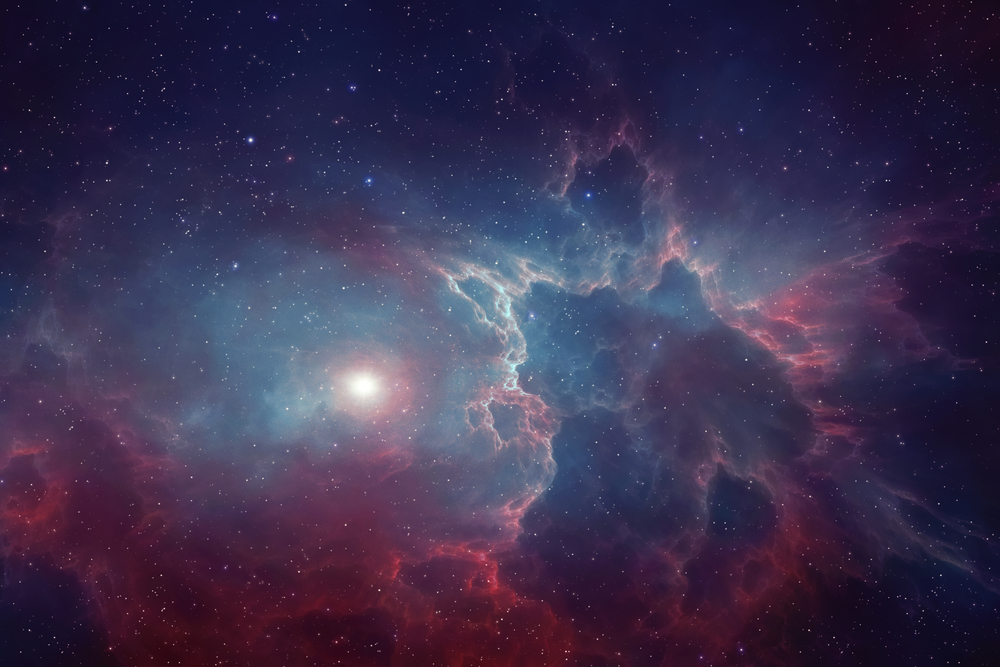
Teleios is believed to be the leftover shell of a star that exploded in a supernova event. However, what makes it so captivating is its shape. It doesn’t resemble other supernova remnants that appear jagged or irregular. Instead, it is almost completely round, forming a strange sphere of gas and dust in space. Its perfect structure raises fascinating questions about the conditions in which it formed. Could it have expanded in total isolation, or was this symmetry the result of a rare type of blast? This newly discovered object may hold valuable clues about the life cycles of stars.
Discovered Through Radio Telescopes
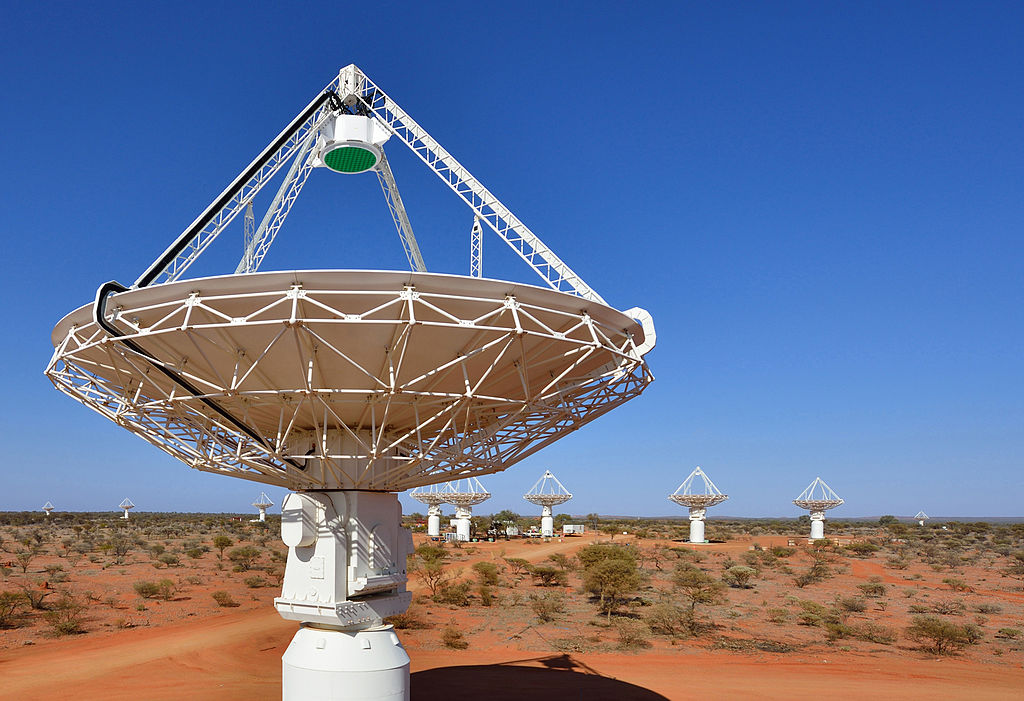
Astronomers uncovered the strange sphere by using the powerful Australian Square Kilometre Array Pathfinder, a state-of-the-art radio telescope system. What’s remarkable is that this mysterious shape doesn’t show up in visible light. It can only be seen through radio waves, making it completely invisible to standard telescopes. This recently detected sphere had remained hidden from view until ASKAP’s technology exposed it. Its ghostly outline, detected through radio frequencies, revealed an object that looked surprisingly smooth and intact. Scientists now rely on multi-wavelength data to further investigate how something this perfectly shaped could have emerged from one of the most violent events in space.
Why the Shape Matters

Most supernova remnants expand into nearby gas and dust, forming complex and uneven shapes. That’s why this discovery is so surprising. Its near-perfectly circular form suggests it met no resistance as it expanded, indicating the blast happened in an area nearly void of surrounding material. This matters because it challenges long-standing models of how supernovae behave in dense space regions. The spherical shape of this strange sphere offers rare insight into what happens when a star dies in a cosmic void. In such an environment, the explosion can expand freely, allowing for a rare kind of beauty: smooth, symmetrical, and untouched.
Where Is Teleios Located?

While scientists don’t know its exact location, estimates place it somewhere between 7,000 and 25,000 light-years from Earth, nestled deep within the Milky Way galaxy. This broad range speaks to the challenges of mapping objects using only radio data. What is known, however, is that it’s sitting in a region of space that seems unusually empty. This isolation might have allowed the supernova remnant to expand into that perfect, undisturbed shape. It’s likely that the lack of dense clouds or nearby stars played a key role in how this recently detected sphere developed such symmetry, something seldom seen in astrophysics.
Read More: Could This Be It? New Planetary Discovery Fuels Hopes for Extraterrestrial Life
Could It Be a Rare Type of Explosion?
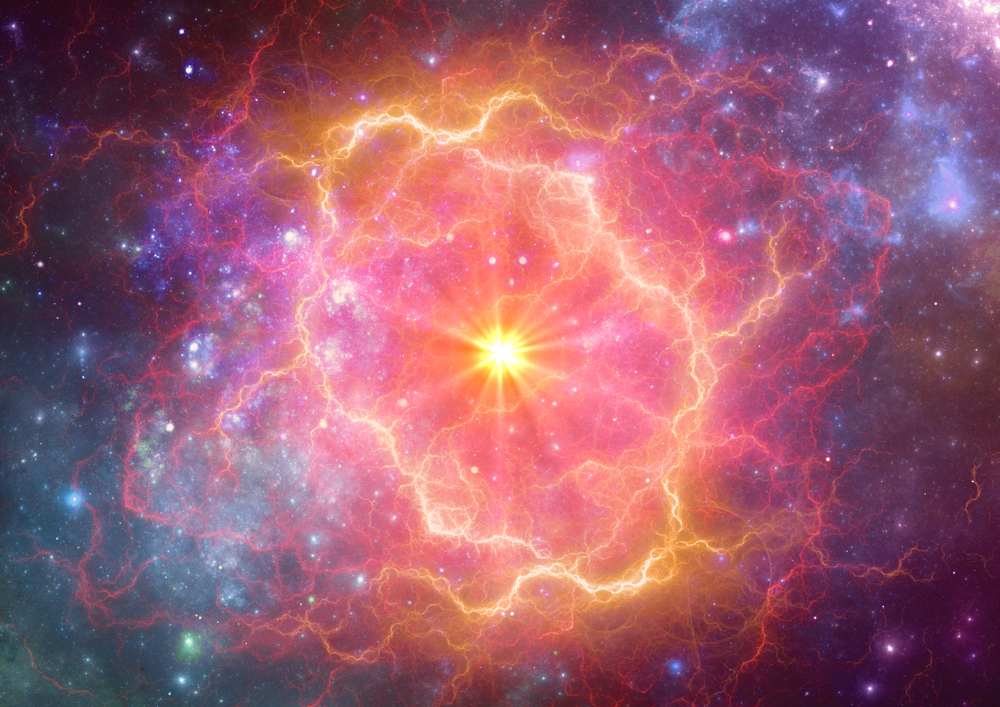
Scientists are debating what kind of explosion created Teleios. Many believe it was a Type Ia supernova, which occurs when a white dwarf pulls in matter from a neighboring star and erupts. Others suggest a rarer Type Iax supernova may be responsible. This second type is less violent and can leave part of the original star intact. The specific shape of this near-perfectly circular object might point to a slower, more even kind of detonation. Understanding the type of explosion is key to learning how this strange sphere formed so cleanly and why it differs from known supernova remnants.
What Makes This Sphere So Strange?

Beyond its perfect shape, the real mystery lies in its surroundings or lack thereof. This sphere floats in a quiet region of space with little evidence of interference. There are no nearby stars, clouds, or debris to indicate a messy explosion. Most supernova remnants have jagged outlines because they run into things during expansion. But this recently detected sphere shows none of that. Its near-perfect symmetry, lack of outside collisions, and unexpected calmness make it an anomaly in the universe. This strange sphere may offer the cleanest view yet of what a supernova remnant looks like without the usual cosmic clutter.
The Next Step in Research

Now that Teleios has been spotted, scientists are diving deeper into its structure. They are using radio data, infrared imagery, and comparisons with other supernova remnants to unlock its secrets. Every detail, from its energy patterns to the surrounding vacuum, is being studied. Researchers want to know why this near-perfectly circular shape formed, and whether similar spheres might be hiding elsewhere in the galaxy. As telescopes improve, they’ll continue scanning for these rare cosmic bubbles. The goal is to figure out if this is a one-time phenomenon or part of a larger group of strange spheres floating silently in space.
Are There More Out There?
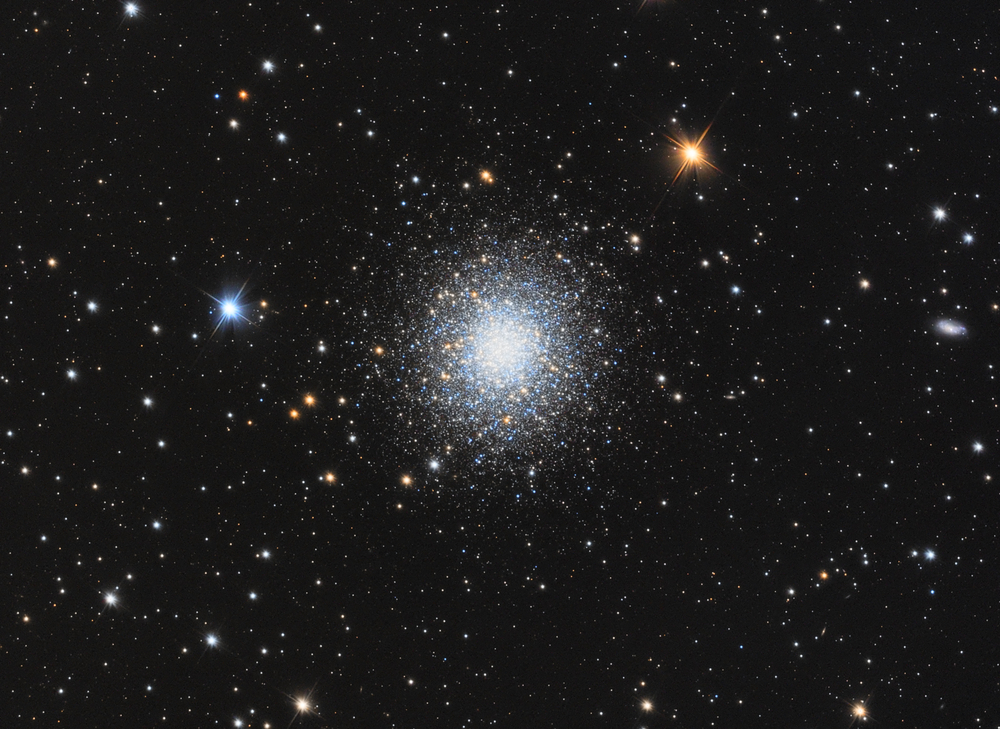
If we found Teleios, it’s possible other similar shapes are hiding in plain sight. Many cosmic objects only reveal themselves through radio waves or advanced scanning tools. This recently detected sphere encourages astronomers to keep looking. Improved telescopes and surveys might uncover more of these strange spheres scattered across the Milky Way. Each one could offer a clearer view into the final moments of a star’s life. The discovery pushes the boundaries of how we search the sky. It reminds us that space still hides surprises, many of which remain invisible until the right tools reveal them.
Why It Matters for Astronomy

This discovery gives researchers a unique chance to study a supernova remnant that appears untouched. Most remnants we observe have been warped by surrounding space, making it hard to tell how the explosion itself behaved. But this strange sphere looks pure. It might show astronomers how these explosions unfold in the absence of outside influences. That means scientists can better model what happens when stars die in a vacuum. If more of these near-perfectly circular remnants are found, it could reshape how we understand the death of stars and the way their remnants distribute matter across the galaxy.
Teleios Is a Shape That Challenges Everything We Know
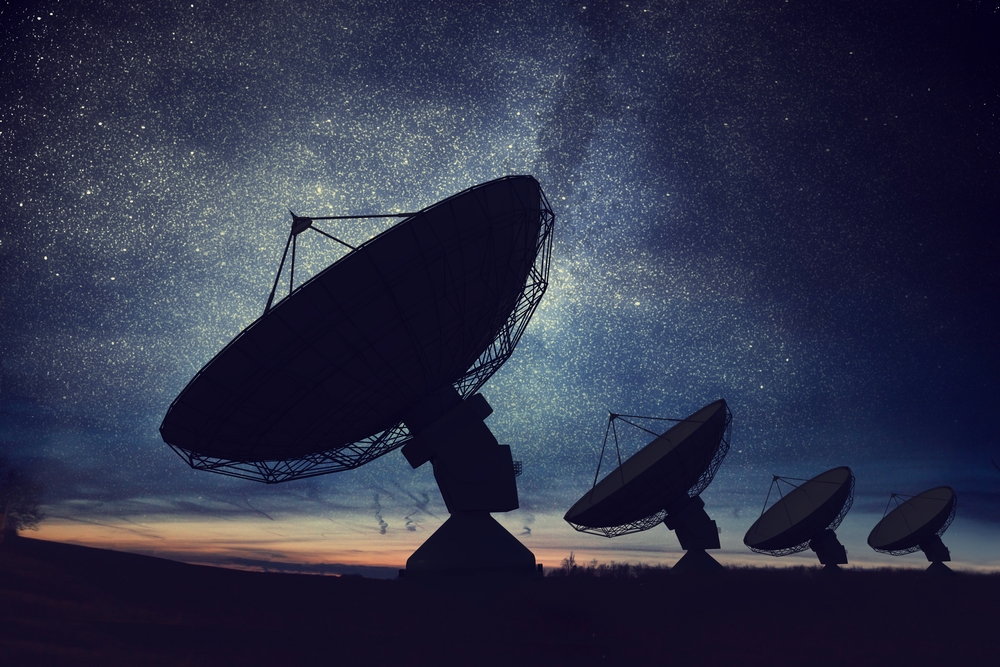
The discovery is more than just another space finding; it’s a challenge to what we thought we knew about stellar death. Its nearly flawless, near-perfectly circular structure defies expectations and stirs new scientific curiosity. As researchers continue to study this strange sphere, it might unlock secrets about the universe’s most powerful explosions. For now, it remains a cosmic mystery. But its existence suggests there’s much more to learn about the shapes and behaviors of supernova remnants. In the silence of space, this unusual sphere quietly invites us to keep exploring.
Read More: ‘Alien Technology’? Scientists Investigate Unusual Spherical UFO

